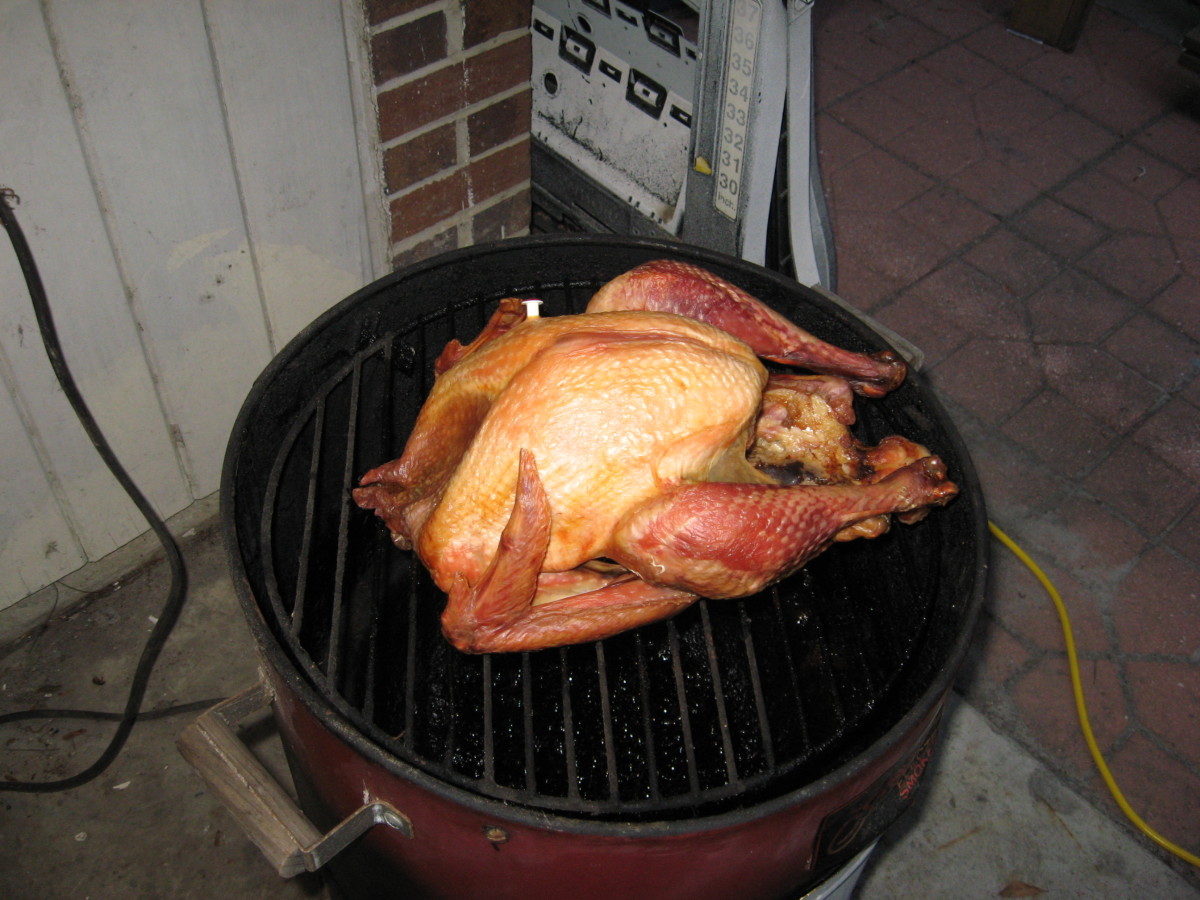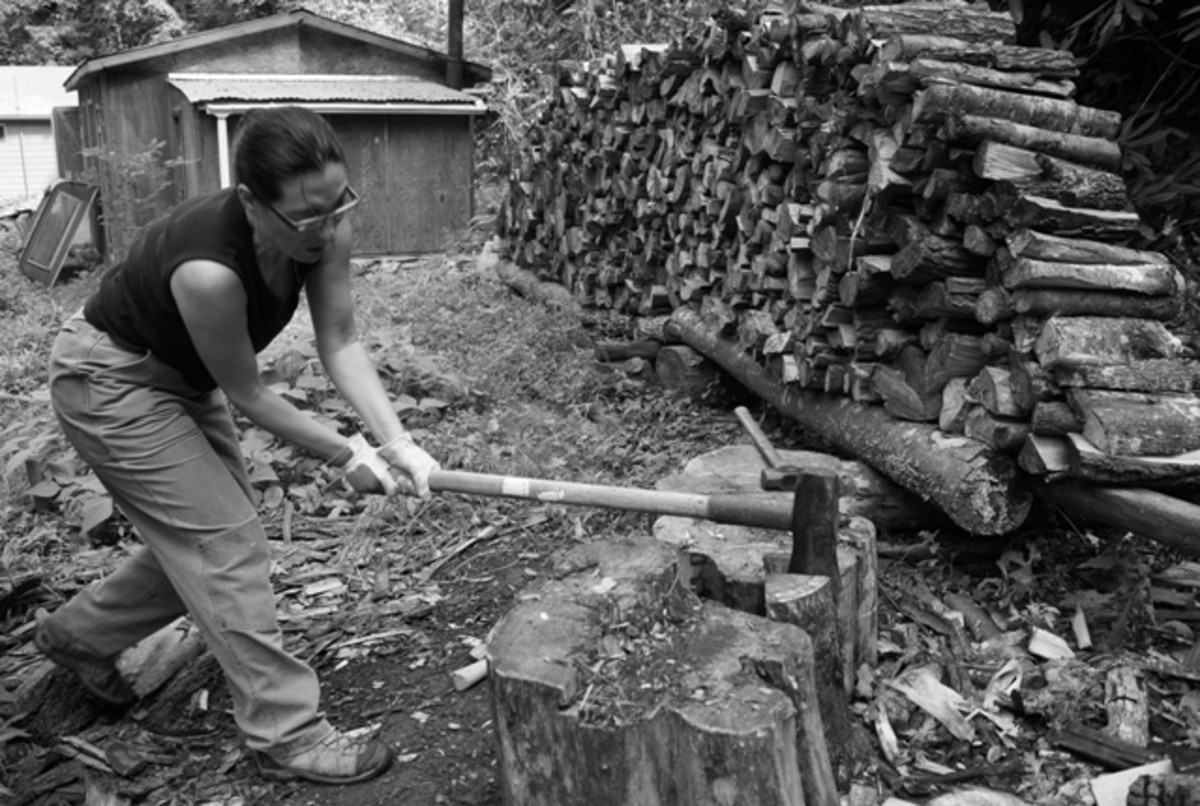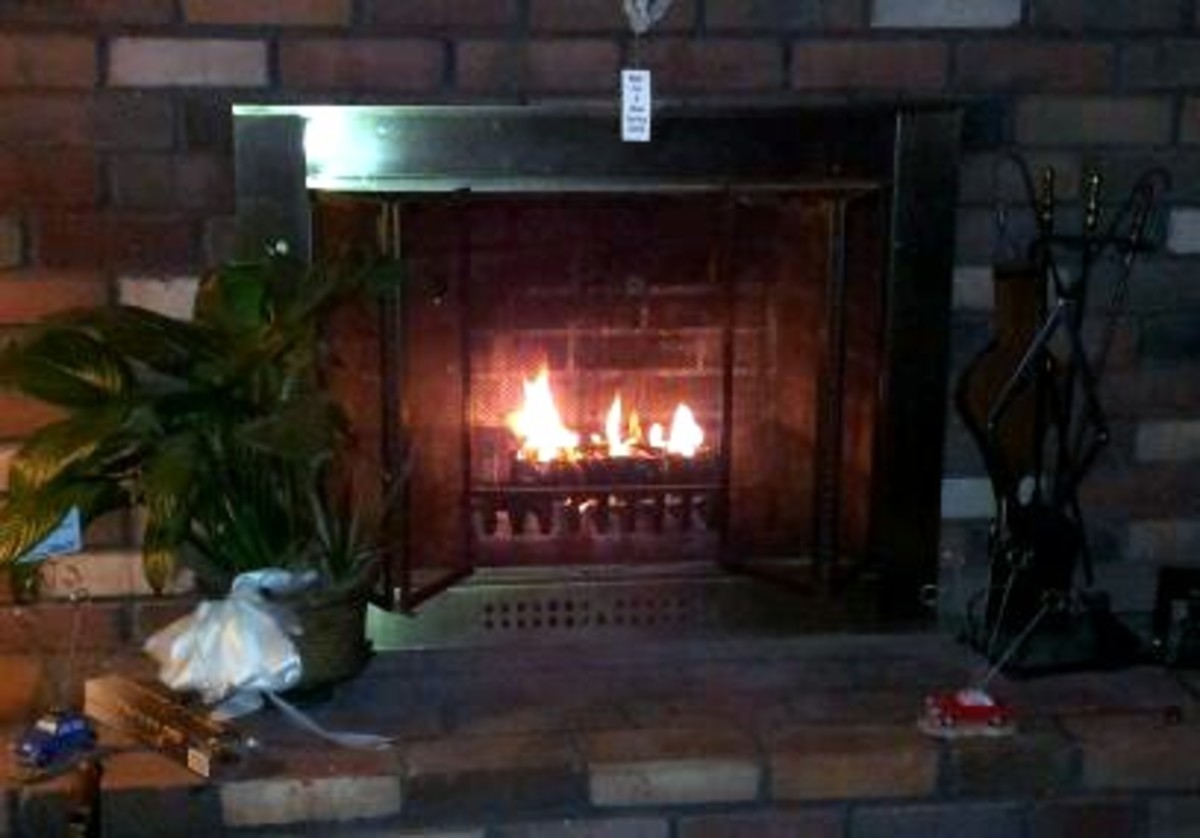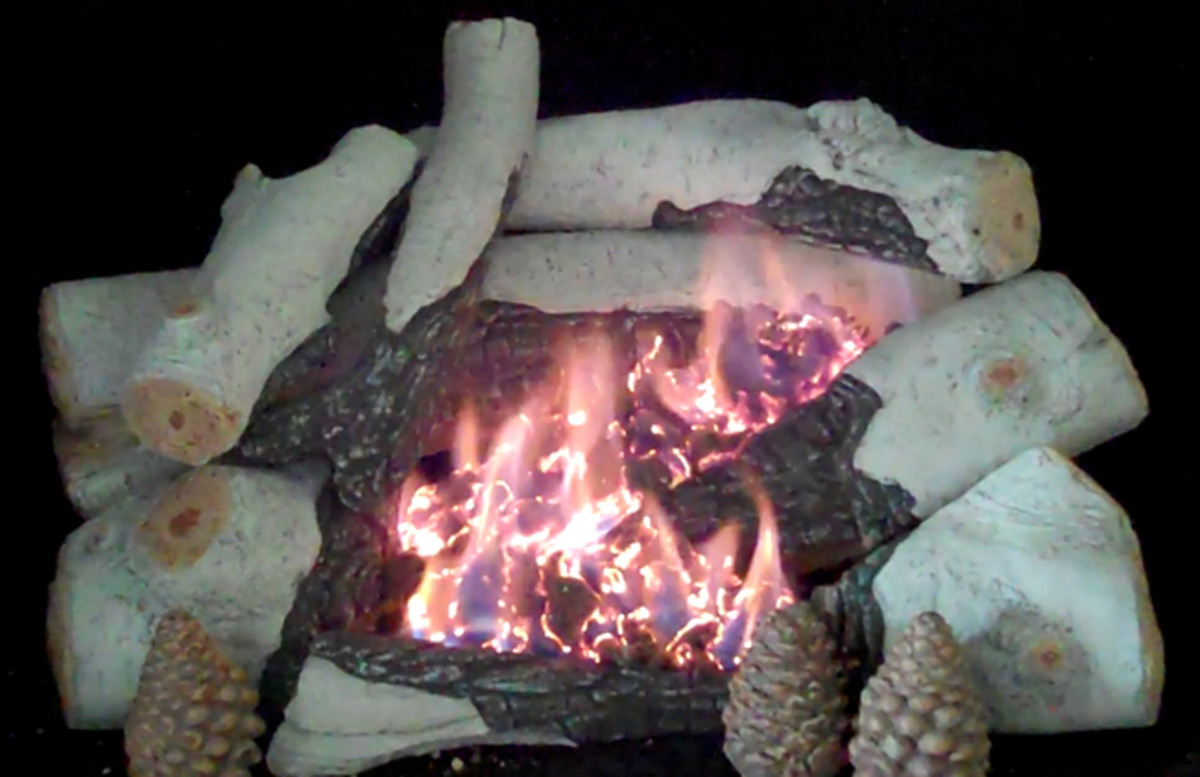All About a Cord of Wood
Stacked Wood
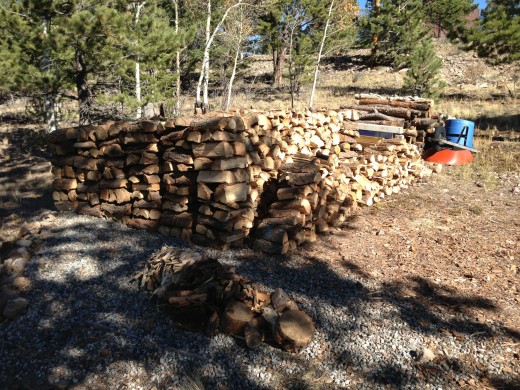
Cord Terminology and Specs
Cord of Wood
A cord of wood is described as 2 stacks of split wood cut into 24 inch long pieces, 8 feet long and 4 feet high, or 3 stacks of split wood cut into 16 inch long pieces, 8 feet long and 4 feet high. The important thing to remember is that a full cord of firewood should fit a profile that is 8 feet long X 4 feet high X 4 feet deep. Those of us who burn firewood on a regular basis know that it is rare to find a true cord for sale. What we see more often is a face cord, sometimes called a stove cord, or a furnace cord. A face cord has the same dimensions, only with a single stack of 16 - 18 inch pieces as opposed to the full 24 inch pieces that come along with a true cord. This is acceptable as long as it's not being sold as a true cord.
Rick of Wood
More often than not, wood will be sold by the rick. A rick is a face cord. In my area, it's not uncommon for people to refer to a face cord as a rick and a cord as a couple of ricks of wood. Generally, that's acceptable as long as people understand what they are getting.
Cord and Rick Dimensions
- True Cord = 8' long X 4' high X 4' deep
- Face Cord = 8' long X 4' high X 16"-18" deep
- Rick = 8' long X 4' high X 16"-18" deep
Camp Fire
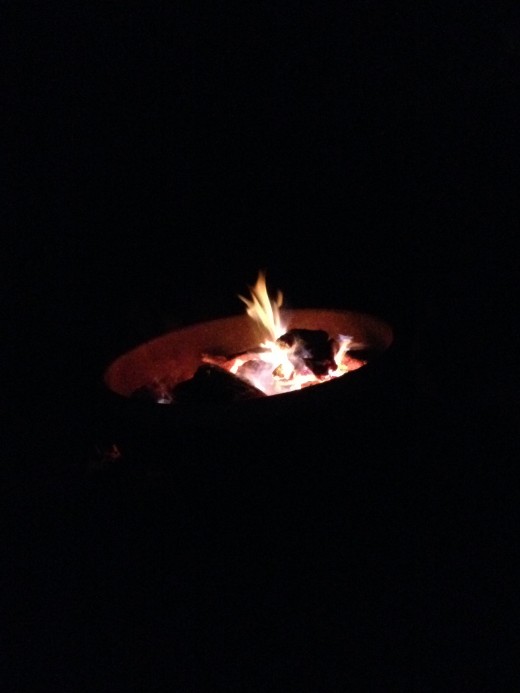
Uses For a Cord
Some of the main uses for firewood are listed below. Depending on the use, you will want to research what type of wood to buy. For example, some woods that are commonly used for heating a home or outbuilding, may not be the best for smoking meat due to the taste or in some cases, the wood may actually be unsafe to cook with.
In the case of campfire use, one would want to use less expensive wood than some of the hardwoods that are typically used to heat a home. Generally, campfires are built for other reasons than to heat the inside of a structure.
If you're planning on selling wood for profit, hardwoods are generally going to bring you more money due to the fact that they burn longer and put out more BTUs. Softer woods can in some cases put out high BTUs, but will burn fast, forcing the home owner to make frequent trips to the stove or fireplace to add logs.
Uses
- Heating your garage or outbuilding
- Building a camp fire
- Smoking meat
- Selling for profit
Stacked Wood
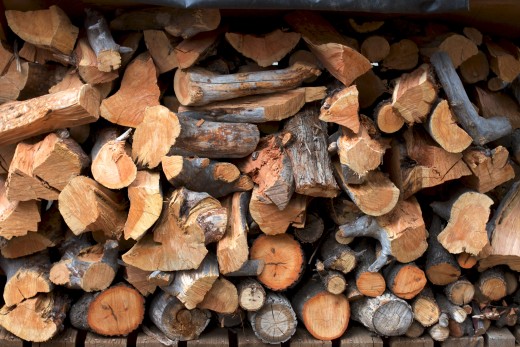
Do you depend on firewood to heat your home?
Wood Prices
A face cord, sometimes called a rick, can sell anywhere from $40 on up to $120 or more. Prices can be influenced by several things.
- Type of Wood
- Condition of Wood
- Demand
- Cost to Harvest
There are several types of wood. On the lower end, you have pine, elm, maple and cottonwood to name a few. These woods are generally used for camping or heating during warmer months when the longer burning high BTU woods are not required. On the higher end, you have woods such as ash, oak, hedge, locust, hickory, apple and cherry. These woods are used for heating spaces in the middle of winter or cooking with. It's important to note that some of these woods may be good for heating, but should not be used for cooking, such as hedge.
Condition of the wood can also impact the asking price. For example, if the wood is still wet, and not fully seasoned, or maybe it is full of bugs, a seller may not be able to ask as much. On the other hand, if the wood has been stored properly and is fairly clean, it could sell for a higher price.
Demand in your area can raise or lower the price. If buyers have several sources to pick from, prices will be average, due to competition. If there is only a few sources, prices could be higher depending on what the sellers are setting them at. High fuel oil prices can also drive firewood prices up. Supply and demand principles apply to the sale of firewood too.
Cost to Harvest wood can drive the price up if the seller has to drive a great distance or have the wood hauled in. Cutting and/or splitting the wood into smaller pieces can also drive the wood up due to the extra consumption of fuel and general wear on tools.
These are just a few examples of factors that can influence the price of a cord of wood. The intent here is to show that that the price of firewood can fluctuate greatly. One way around this is to find a dealer that you trust with prices that you can afford. Stick with them and you'll know what to expect from year to year.
Cut Hedge Log
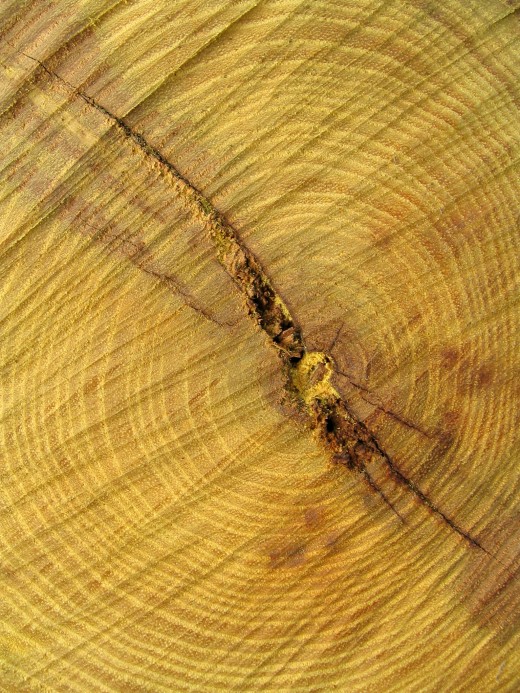
Tools Needed
Depending on your experience with firewood, it generally takes a season or two to really figure out what type of tools you'll need to maintain your annual wood supply. Some tools to consider would be:
- wood rack(s)
- metal T posts
- post driver
- tarp
- chain saw
- chain saw sharpener
- power wood splitter
- splitting maul
- sledge hammer
- trailer
For example, if you're planning on purchasing or building wood racks, or even stacking large amounts of firewood in the open with criss crossed ends, you wouldn't need to buy metal T posts and a post driver. On the other hand, if you are stacking wood in a long line along a tree row, you may want to place T posts every few feet to support the stack. You may also want to protect your stacked wood with a tarp when the weather is bad.
Sometimes, it's cheaper to buy wood if you don't require it to be split. At times, you'll get a much better deal on the wood, but you're going to need a chainsaw and wood splitter or wood splitting maul and sledge hammer to cut the wood to length and split it.
Depending on how much wood you plan on purchasing at one time, you may need a trailer due to save on the amount of trips you need to make to your dealers location.
The are just a few examples of tools that will make it easier to handle your cord of firewood.
Storing Your Firewood
Wood storage is important for several reasons. It keeps seasoned wood dry, helps keep the bugs out and slows the deterioration of the wood. It's important to choose a location to store your wood where it will be out of your way, but have a decent amount of exposure to seasonal winds so that the wood has a chance to season or dry out after being cut and stacked.
There are several ways to stack wood and it really depends on how much wood you are dealing with and the amount of room you have at your location.
Long lines of wood stacked approximately 4 feet high with T posts spaced every 8 feet or so is one way to stack firewood. Some people stack the wood on the ground, but it is best to raise the wood off the ground using 2 X 4s, or more T posts laying parallel to each other. Stacking the wood off the ground reduces the amount of bugs in the wood and helps to slow deterioration.
If you're dealing with a massive amount of wood, it may not be feasible to use posts or racks. In this case, the wood can be stacked directly on the ground with columns placed on the ends that are stacked in a chris cross pattern. You can see this formation in the attached video directly over the woman's right shoulder.
There's no right or wrong way to stack wood. Eventually, you will learn what's right for you, but there will be times when you will need a tarp to cover your seasoned wood. We use tarps on stacks of wood that we are in the process of burning. If a rain or snow storm is in the forecast, the tarps go out so we are sure to have a nice dry stack of wood .



